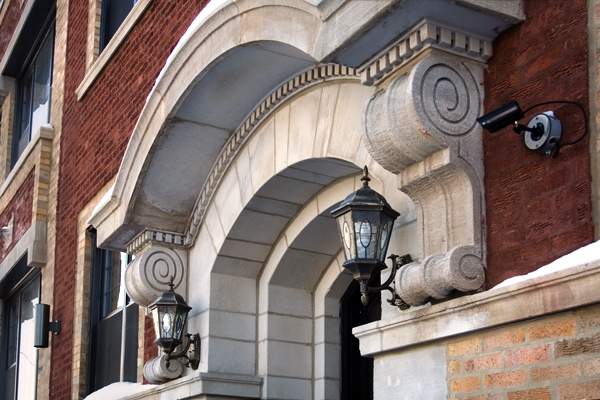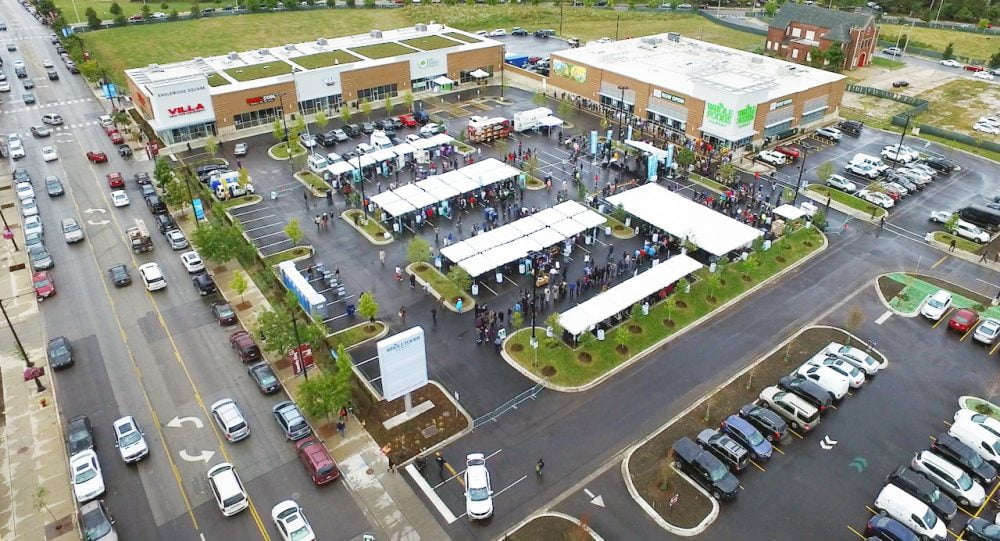04.04.19
Things you need to know, but probably don’t, when looking at vintage condominiums

Before buying a “starter” condo, we need to explore the history of the building and how that impacts your investment. The housing bubble in the mid-2000s created a massive amount of “new” condominiums in Chicago. Developers purchased vintage (pre-1929 construction) apartment buildings, renovated them, and then re-sold individual units as condominiums. These apartments were “converted” into condos.
These condos can be very attractive to people looking for “starter” condos, as they typically range in price from under $100k to $200k. The sales pitch their realtor is likely giving them is most always centered on “why rent when you can buy”, but a lot of people have learned some hard lessons on why that phrase misses some pretty important points.
Buying an individual condominium is the realm of the residential broker, but as a commercial broker focusing on the sale of entire condominium buildings, I’ve learned that buyers typically focus on the unit itself, unaware of some very important whole-building items that can be a source of major unexpected expense.
As our vintage building stock in Chicago was all initially used as apartments, vintage condo buildings were at some point purchased by a developer and re-sold as individual units. What this developer did and didn’t do, and how they did it, is critically important. I’ve seen conversions that were done impeccably, ones that were done on a budget, and ones where the developer literally just re-PINned the property into individual units without doing any renovations. Here are some things to look for when buying a vintage condo and how they impact a property:
Plumbing: Vintage apartment buildings were built with galvanized steel plumbing. Galvanized steel behaves like an artery- over time, sediment builds up on the walls of the plumbing, narrowing the space that water has to flow through. This leads to lower water pressure as well as sediment coming out with the water. In the 1970s, copper piping came into widespread use for plumbing, a far better material as copper is immune to sediment buildup and narrowing. A thorough conversion from apartments to condos included the replacement of old galvanized plumbing with copper plumbing. There are different “parts” to the plumbing in a building: horizontals, risers, and in-unit. Find out what is galvanized and what is copper. Replacing galvanized plumbing with copper is extremely expensive and something you don’t want to go through with an existing condominium.
Electrical: Good conversions included bringing entirely new or additional electrical service into a building. Installing dishwashers, microwaves, and air conditioning into units require a healthy amount of electrical service. In addition, find out if your unit’s circuit breakers are located in your unit or in the basement of the building by the main electrical service. It’s not much fun having to go to the basement to flip a tripped breaker when everyone is running their air conditioning at the same time.
Tuckpointing: The mortar in between the bricks on a building’s façade and sides. Poor tuckpointing leads to leaking and degradation of individual bricks. In addition, poor tuckpointing condition is usually a good indicator of how an association keeps up its building overall.
Lintels: These are steel supports that bear the weight of the bricks above windows. Over time, lintels warp, change position, and rust. Old lintels lead to leaking and cracking in the tuckpointing above the lintel. Part of the regular cycle of maintenance on a vintage building involves replacing lintels, and at no small expense. When left for too long, a building can face a major bill and special assessment to replace a large number of lintels.
In addition to the physical state of the building, the dynamic of the association is extremely important as well. Every condominium association is a not-for profit business, but a business nonetheless. Some are run quite well, some are run poorly, and some literally have nobody steering the ship.
Financial Health Of The Association: In order to determine the health of the association, make sure to ask these questions:
-
- How much money is in association reserves on a per-unit basis?
- Does the association have regular meetings?
- When was the last reserve study done, and has the board followed the recommendations? Look through the last two years of board meeting notes to help figure out the answers.
Monthly And Special Assessments: How much is the monthly assessment for the unit? High monthly assessments usually lead to a low unit purchase price, giving a buyer the illusion of value. There are buildings where the monthly assessment and property taxes are close to what it would cost to rent a similar unit in the area. Buying that cheap condo with a big assessment is just signing up for future liability and equity loss. I know several condominium buildings where units are essentially unsalable because of high monthly assessments and upcoming specials.
Ability To Rent Units: Some properties have a cap on the amount of units that can be bought by investors and rented out, and some have no restrictions. A high amount of rental units in a property can make it very hard to get a loan on an individual condominium, although some banks have recently become more permissive. If you plan on living in a building with a high amount of rentals, your neighbors won’t have any vested interest in the property and may not behave in a manner befitting an owner. On the other side of the coin, condominiums in buildings that don’t allow rentals actually tend to have lower values than in buildings that do allow rentals, as a good deal of the buyer pool (rental unit investors) is removed.
Amount Of Units For Sale And Time To Sell: There is a natural turnover at any condominium building, but there are some red flags to look for. If more than 5% of the units are for sale it may indicate a problem at the building, and if 10% are for sale, there is most certainly a major issue that current owners are looking to avoid. A long time between listings and sales is also a red flag. Has a unit been for sale for much longer than the area average? Have multiple price cuts not had the effect of getting a unit under contract? Has a unit been listed for sale for a long time, de-listed, then listed again? If it is that hard to sell a unit now, why will it be any different when it is your turn to sell? The dynamic of a condominium building’s resale market is a huge clue to what you are buying into.
There’s a lot more to buying a condominium than how it looks or feels. Doing the proper work to fully understand the building you are buying into can make the difference between a wonderful purchase and buyer’s remorse.
If you are a condo owner, learn more about the condo deconversion process at https://www.kisergroup.com/project/condo-deconversion/.
